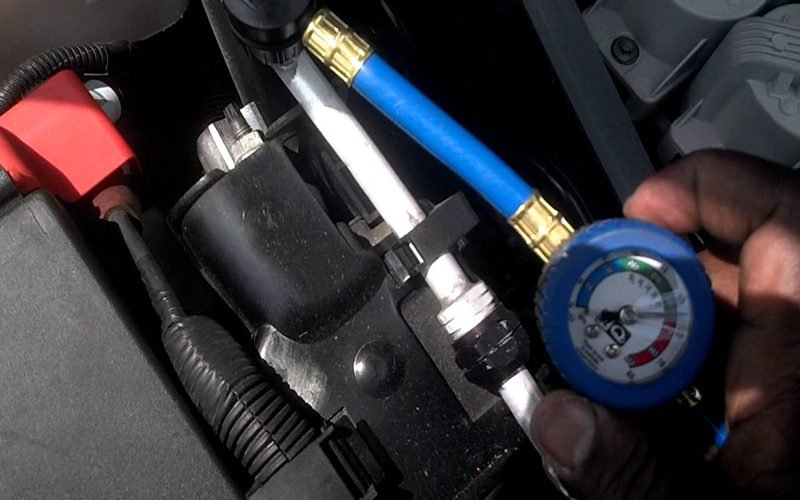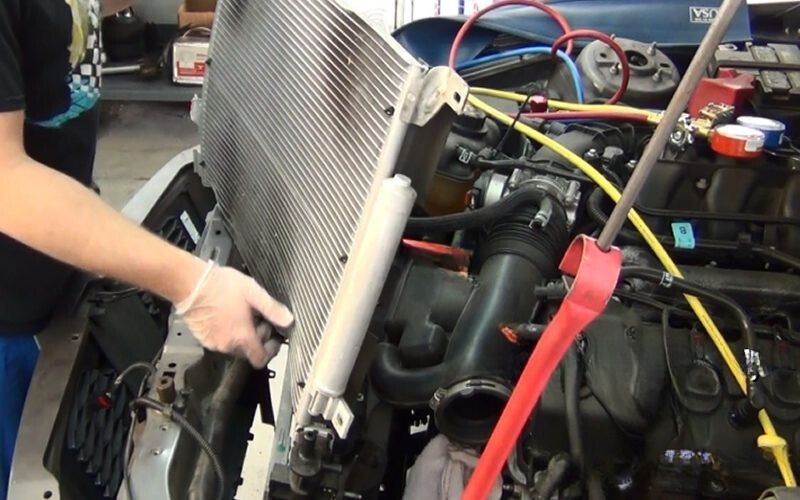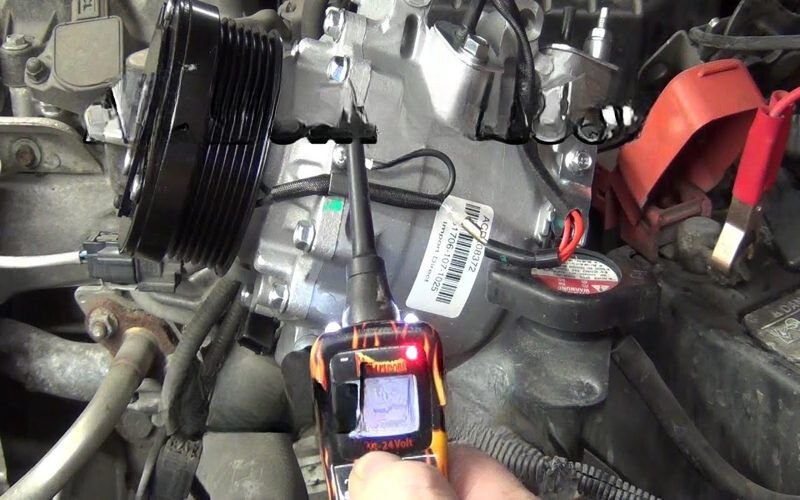During a hot day, there’s nothing worse than discovering your car’s air conditioner isn’t working properly. Getting into a sweltering car that barely cools down even after minutes of driving is misery. Before calling for costly repairs, there are several do-it-yourself troubleshooting steps you can take to get your A/C blowing cold again.
In this article, we’ll go over the top reasons your car AC isn’t working. We will also provide solutions to restore its cooling power. We’ll cover issues like low refrigerant levels, condenser and evaporator problems, blower motor failure, poor airflow, compressor clutch failure, and more. With some basic mechanical skills and inexpensive parts and tools from your local auto store, you can often get your car’s A/C running ice cold once again. Let’s get started!
Why Your Car AC Isn’t Working? Top 5 Reasons
Reason 1: Low Refrigerant Level

The refrigerant is the lifeblood of any air conditioning system. It’s the substance that absorbs, carries, and releases heat as it circulates through the A/C components. If the refrigerant level gets too low, perhaps due to a small leak in the system, it won’t have the cooling capacity needed no matter how hard the compressor is working. Some symptoms of low Freon levels are:
- Intermittent cooling
- Weak airflow even at the highest blower settings
- Compressor cycles on and off rapidly
The refrigerant level needs to be properly recharged for optimum cooling. You’ll need an A/C recharge kit with a pressure gauge to check the system and add the correct type and amount of Freon. If there is a bigger leak, a full evac and recharge by an HVAC shop may be required.
Reason 2: Condenser or Evaporator Issues

The two heat exchangers in your car’s A/C loop are the condenser and evaporator. The condenser sits at the front of your vehicle and can get clogged with road debris over time. The evaporator is inside the dash behind the glovebox. Issues like corrosion, restricted airflow, and internal leaks can affect their cooling performance.
You may notice the large A/C line fittings feel different temperatures – signs of refrigerant failing to shed or absorb enough heat. Cleaning the condenser fins or replacing a damaged evaporator are two potential fixes here. Proper airflow and unobstructed piping are critical.
Reason 3: Blower Motor or Fan Failure
To feel cool air, your A/C system relies on the interior blower motor and fan working properly. Without it blowing air across the chilled evaporator and into the cabin, the cold refrigerant won’t help much. If you turn your A/C on max and get little to no airflow, there’s likely a blower issue present.
Check your cabin air filter first – a clogged filter can greatly reduce flow. If that’s clean, test voltages at the blower motor plug. If power is present but the fan doesn’t run, it will need replacement. Fan blades can also slip from age and stop blowing.
Reason 4: Poor Airflow from Vents

Even if cold air is being produced and the blower is working right, there are a few other things that can hamper airflow. Stuck blend door actuators affect where the air flows, as do objects blocking vents or kinked ductwork behind the dash. Scan for obstructions and listen for clicking blend door noises when changing A/C settings.
Actuators and plastic vent directionals are common failure points. Spraying them with lubricant or replacing broken parts may be needed to improve vent output. Keep ducts tucked properly during repairs too.
Reason 5: Seized or Slipping A/C Compressor Clutch

Your A/C compressor is powered by an electromagnetic clutch that engages the pump that pressurizes the refrigerant. If the clutch coil fails, the front seal leaks or internal parts seize, the compressor can’t turn the A/C loop. The clutch needs 12V power to activate the magnetic field – test for voltage at the plug harness.
No voltage means an electrical issue is preventing compressor operation. If 12V is present but the clutch doesn’t engage, the coil, pulley bearing, or internal parts have likely failed. Replacement of the compressor or clutch component will be required here.
Having car air conditioning troubles can be a bummer during hot weather, but don’t sweat it too much. In many cases, the fix is affordable and straightforward enough to tackle yourself in the driveway or garage. Just be sure to properly diagnose the root cause rather than throwing parts at random issues. With a systematic approach, you’ll be cooling off in your ride in no time this summer.
10 Tips for Keeping Your Car’s AC System in Good Working Order
- Check refrigerant levels regularly and recharge as needed
- Clear debris from condenser fins with a gentle water spray
- Run the AC routinely to keep seals lubricated
- Replace dirty cabin air filters per manufacturer specs
- Address small leaks quickly before they cause bigger issues
- Listen for odd noises that may indicate a component failure
- Consider replacing older components proactively
- Use a sunshade to keep interior temps down when parked
- Have the system professionally inspected each spring
- Learn how to do basic troubleshooting before problems strand you
Following these preventative maintenance tips will help minimize major AC repairs and keep your system blowing crisp, cold air on the hottest summer days. A little diligence goes a long way toward cooling system longevity!
Furthermore: How to cool down your car AC?
Conclusion
We hope this overview gives you a better understanding of the top reasons your car AC isn’t working. While A/C issues can seem daunting, basic troubleshooting and mechanical skills may be all you need to undo the damage. Our list of common causes and solutions will hopefully set you on the path to a refreshing cold air-conditioned ride once again.
Stay cool out there and happy motoring! Let us know if repairing your car’s A/C system goes smoothly or if you have any other questions. We’re happy to help get your summer cruises back to comfort.
Read more: Top 10 Car Detailing Mistakes You Should Avoid





